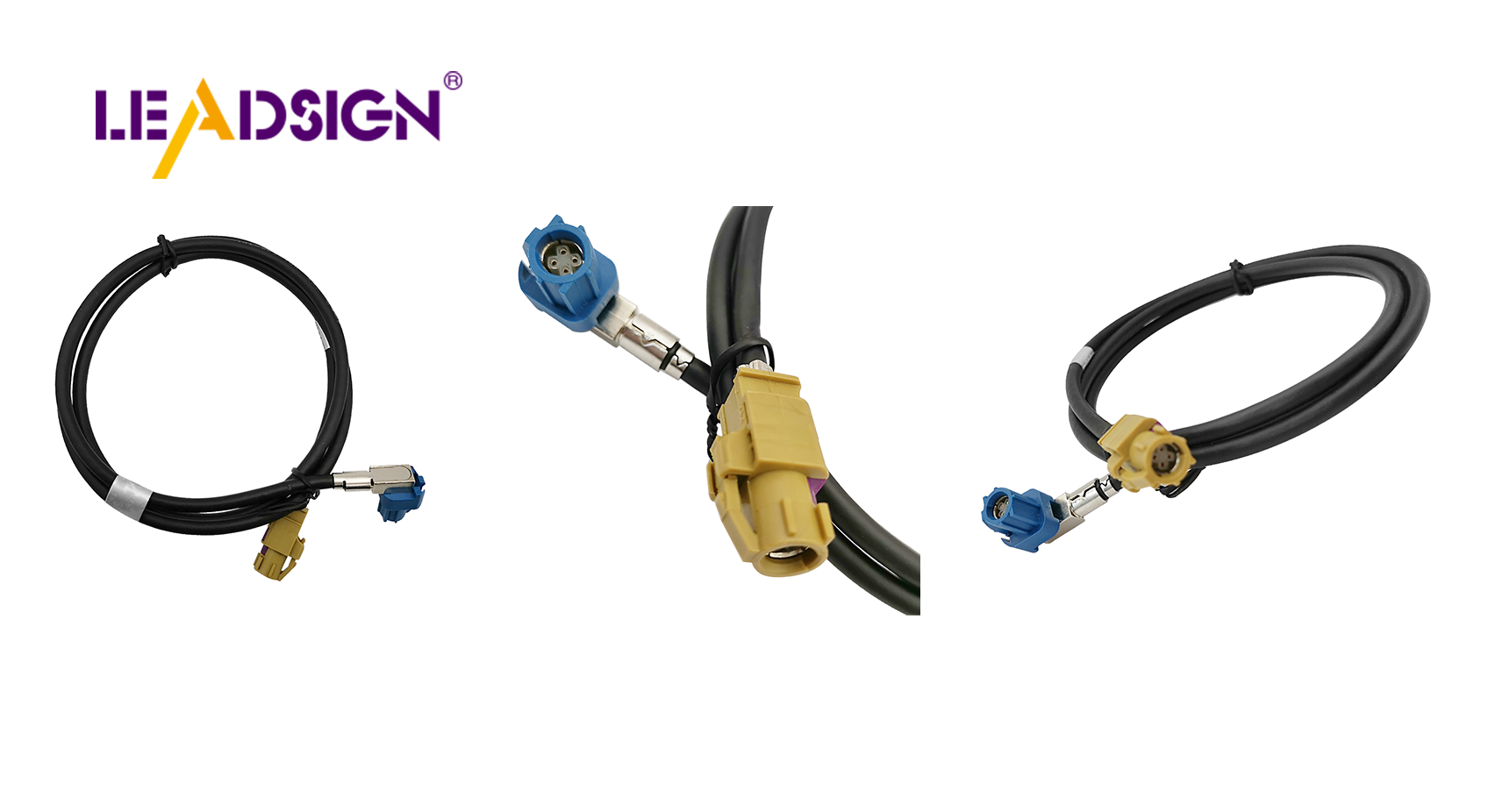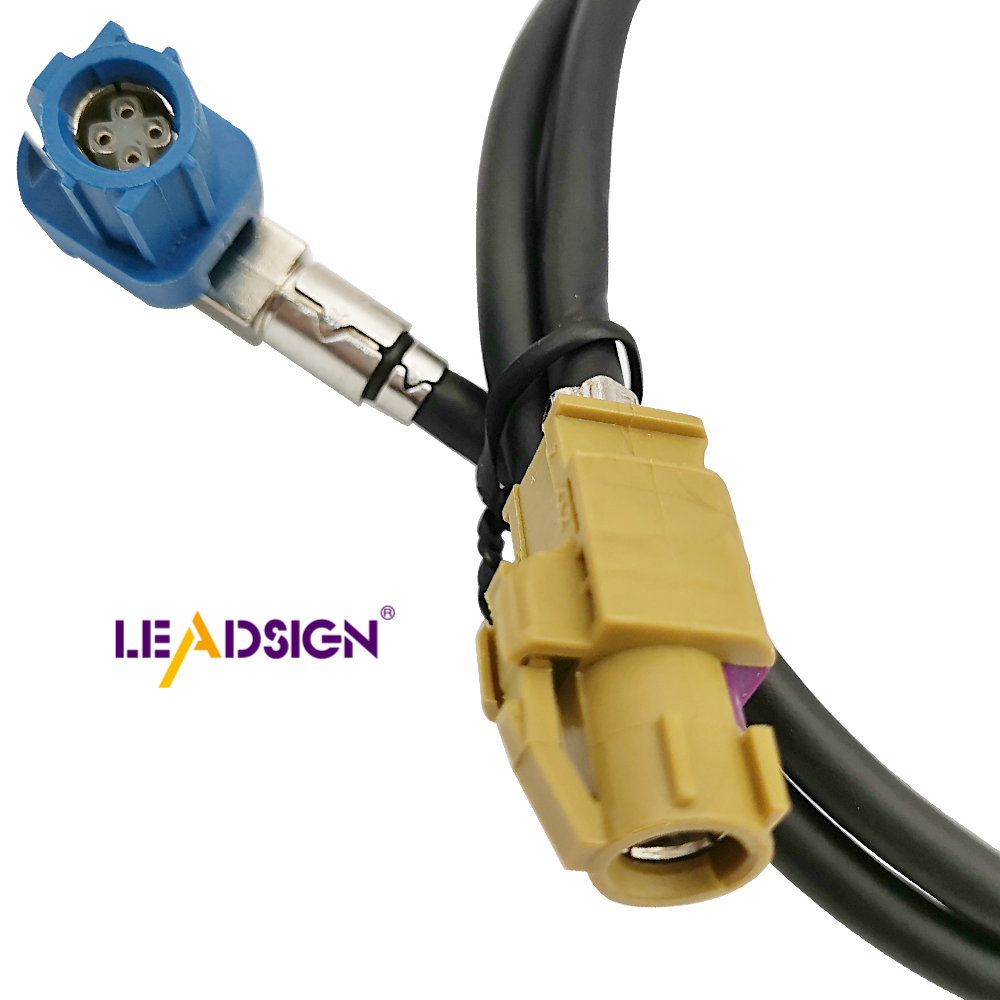How Wire Connectors Types Simplify Connections

Wire connectors play a crucial role in modern technology, ensuring secure and efficient connections. Every device relies on these components to operate effectively. Choosing the right connector simplifies the connection process. For example, an ethernet cable connector transmits data swiftly and reliably. Understanding the different wire connector types enhances your ability to utilize technology more effectively.
Understanding Wire Connectors
What Are Wire Connectors?
Definition and basic function
Wire connectors hold wires together tightly. They stop wires from getting loose. These connectors keep electricity flowing well. There are many kinds for different uses. Each kind has special features for certain jobs.
Importance in electrical systems
Electrical systems need wire connectors to be safe. They lower the risk of fires. Good connections stop short circuits. Wire connectors keep power steady. Strong connections make devices work better.
Key Benefits of Using Wire Connectors
Safety enhancements
Wire connectors make systems safer. Tight connections stop wires from coming apart. Insulated ones guard against shocks. Right use cuts down overheating risks. Safety makes them vital at home and work.
Efficiency in connections
Wire connectors make joining wires easy. Fast setup saves time when installing. Steady links help energy move well. They cut energy waste down a lot. Good connections boost how devices perform.
Types of Wire Connectors

HSD Connectors
Features and specifications
HSD connectors send data very fast. They work with LVDS, Ethernet, and USB. These have one data pair design. Both shielded and unshielded cables fit them. HSD connectors block interference well. Data can move at 6 Gbps speed. This makes them good for tough tasks.
Applications in cars and telecom
Cars use HSD connectors a lot. They improve car electronics like audio systems. Telecom also uses these connectors. Radio stations need them for fast data moves. HSD connectors keep digital networks stable.
RJ45 Connectors
Use in networking
RJ45 connectors are key in networking jobs. They end Ethernet cables properly. Eight pins make sure they connect well. Types like Cat5e, Cat6, Cat6a, and Cat7 exist. Each type fits certain network cables.
Benefits in data transmission
Ethernet cable connectors have many perks. RJ45 helps move data quickly. Twisted wires cut down on crosstalk noise. Signals stay strong with these connectors.
Comparing HSD and Ethernet Connectors
Speed and compatibility
HSD is faster than Ethernet for data rates. They work with many protocols, making them flexible. Ethernet is mainly for networking tasks.
Industry-specific advantages
HSD shines in cars and telecom fields while Ethernet rules networks. Each has special benefits based on industry needs. Knowing connector types helps pick the best one.
Uses and Benefits
Cars
Importance in car electronics
Wire connectors are key in car electronics. They join parts like sensors and lights. Good connections keep cars working well. Right connectors stop problems in vehicles.
Improving communication systems
Connectors help car communication systems. Things like GPS need them. Fast data moves make users happy. Connectors keep signals steady. Strong links make systems work better.
Telecoms
Helping fast data move
Wire connectors help fast data in telecoms. Quick data is needed for today's networks. Connectors manage lots of info well. Good ones cut down on delays. Fast flow makes talking clearer.
Dependability in links
Telecoms need strong links. Connectors give network stability. Steady links stop service breaks. Tough connectors face weather issues well. Reliable systems keep talks going.
Wire connectors are very important in tech. They keep connections safe and working well. Wire connectors make things safer and work better. Different kinds fit different uses, making tech easier to use. Future changes in wire connectors will bring big improvements. Knowing about these helps you choose wisely. Learning about wire connectors helps you use devices better.
See Also
Exploring the World of HSD Connectors: A Complete Overview
The Significance of HSD Connectors in Today's Technology
Essential Knowledge on HSD Connectors in Automotive Sector
In-Depth Look at Fakra Connectors: Benefits, Uses, and Setup Advice
Discovering the Benefits of Mini FAKRA Connectors in Today's Cars

